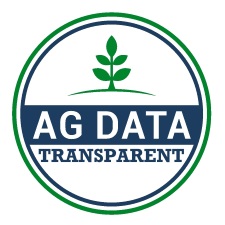 Dr. Max Hawkins, Alltech nutritionist, is the one behind the scenes making sense of all the numbers and values collected from samples and creating the mycotoxin risk assessments. These assessments are sent out to the Alltech sales force and customer ensuring they get the most information back from a sample as possible. The World Dairy Expo was a perfect venue to get the latest mycotoxin forecast from one of the many experts at Alltech.
Dr. Max Hawkins, Alltech nutritionist, is the one behind the scenes making sense of all the numbers and values collected from samples and creating the mycotoxin risk assessments. These assessments are sent out to the Alltech sales force and customer ensuring they get the most information back from a sample as possible. The World Dairy Expo was a perfect venue to get the latest mycotoxin forecast from one of the many experts at Alltech.
“We had a great growing season, but late summer and into the fall it has turned wet, wet, wet across major parts of the corn belt. It has slowed down maturity, it’s slowed down harvest. The longer a crop is exposed to those levels of moisture and high temperatures, mold flourishes and that’s what we are seeing right now.”
The Alltech Mycotoxin team is doing work right now on how varying mycotoxin levels can impact cow health and performance. At the end of the day, producers want to know what mycotoxins actually cost them. “We are looking at it from decreased milk production, increased somatic cell count and other cow health values we evaluate so we can begin get some numerical values.”
Listen to my complete interview with Dr. Hawkins to learn what harvesting at the correct maturity gives forages and how he identifies risk and determines a plan to do the least amount of harm as possible to the cow. [wpaudio url=”http://traffic.libsyn.com/zimmcomm/wde-16-alltech-hawkins.mp3″ text=”Interview with Dr. Max Hawkins, Alltech”]
View and download photos from the event here: 2016 World Dairy Expo Photo Album.











